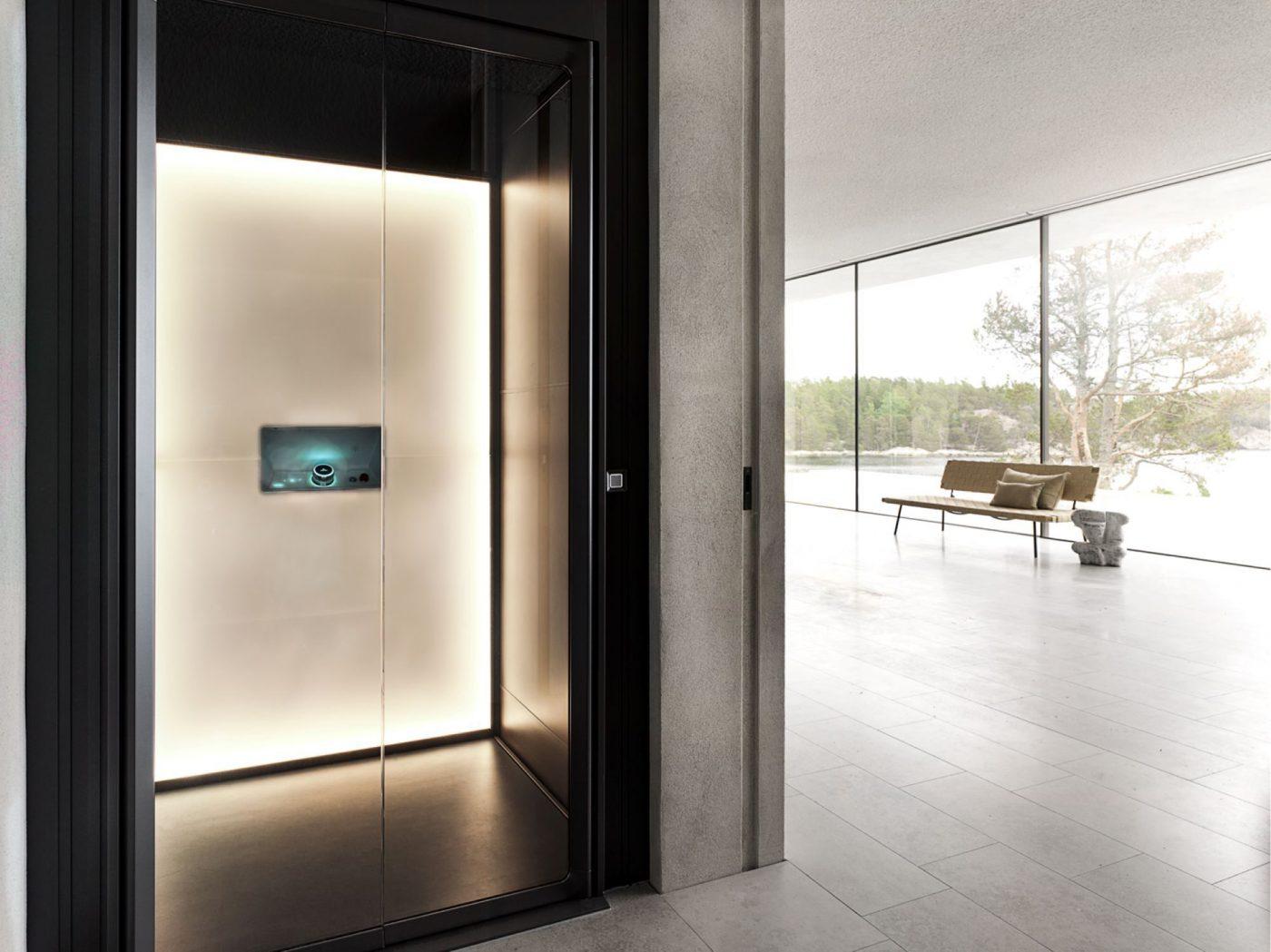Digging Into the World of Lifts: Typical Issues Encountered by Numerous Lift Systems
As we navigate through the upright transport systems of modern structures, elevators stand out as an essential part of our day-to-days live. Nonetheless, behind their smooth operation exists a world of intricate devices that can often encounter challenges. From hydraulic lifts to traction systems and machine-room-less layouts, each lift type features its set of usual problems. Recognizing these obstacles is important for ensuring the smooth performance of these important systems. Allow's check out the complexities that underlie the procedure of elevators and the possible issues that can emerge, clarifying the detailed web of lift devices.
Hydraulic Lifts
Hydraulic elevators, usually chosen for low-rise buildings, make use of fluid stress to control the motion of the lift vehicle (lift repair companies). This system entails a hydraulic pump pressing oil into a cylinder, triggering the elevator to relocate in the desired direction. While hydraulic elevators are recognized for their smooth and quiet operation, they do include their very own collection of usual problems
One widespread trouble with hydraulic lifts is oil leak. In addition, concerns with the control system, such as damaged valves or a malfunctioning pump, can cause interruptions in the elevator's movement.
Regular maintenance and punctual repairs are important to ensure the smooth functioning of hydraulic lifts. By addressing these usual concerns proactively, structure owners can reduce downtime and ensure the safety and security and performance of their upright transportation system.
Traction Lifts
When taking into consideration vertical transportation systems in structures, one more common type apart from hydraulic lifts is the grip lift. Grip elevators run making use of a system of ropes and weights that relocate the lift car by clutching onto the hoist ropes. This device enables smoother and faster vertical transport contrasted to hydraulic systems.
One of the usual problems faced by traction elevators is rope wear. The constant activity of the ropes within the traction system can lead to deterioration over time, possibly creating the elevator to breakdown or become unsafe for usage. Regular examinations and upkeep of the ropes are necessary to make sure the elevator's proper functioning and safety and security.
One more concern that grip elevators might experience is connected to the control system. Issues with the control system can lead to problems such as irregular activity, delays in response times, or even full shutdowns. Normal screening and maintenance of the control system are crucial to avoid such problems and make certain the elevator's dependability.
Machine-Room-Less (MRL) Lifts

Among the crucial parts of MRL lifts is the portable gearless traction machine that is mounted within the hoistway. This maker effectively drives the elevator automobile without the need for cumbersome devices lift companies in London discovered in traditional grip lifts. Additionally, MRL lifts commonly utilize a counterweight system to stabilize the automobile, further boosting their energy efficiency.
Regardless of their advantages, MRL lifts may deal with obstacles connected to repair and maintenance because of the constrained area for tools installation. Availability for servicing components within the shaft can be limited, calling for specialized training for service technicians. Proper maintenance routines and normal inspections are vital to ensure the continued smooth operation of MRL lifts.
Overloading and Weight Restriction Issues
Are elevators furnished to take care of excess weight loads efficiently and safely? Straining and weight limit concerns are crucial issues in lift procedures. Lift manufacturers design lifts with certain weight abilities to make certain guest safety and devices durability. Surpassing these weight limitations can cause numerous troubles, consisting of mechanical failings, hold-ups, and safety and security hazards.
When elevators are overloaded, it puts excessive pressure on the electric motor, cords, and various other elements, potentially causing breakdowns or malfunctions. If they identify excess weight, security systems such as sensors and overload sensing units are in location to prevent lifts from moving. Additionally, going beyond weight restrictions can cause enhanced energy intake and deterioration on the elevator system.
To alleviate overwhelming issues, constructing supervisors ought to plainly show weight limits in lifts and educate owners on the value of adhering to these restrictions - lift repair companies. Normal maintenance checks by certified service technicians can also assist ensure that lifts are operating within risk-free weight parameters. By addressing overloading and weight restriction problems proactively, structure owners can improve lift security and performance
Electrical System Failings
Going beyond weight limitations in lifts can not just lead to mechanical concerns yet additionally possibly add to electric system failings within the lift framework. Electric system failings are a critical problem in lift procedure, as they can create unanticipated closures, breakdowns, or even security hazards.
Normal maintenance and inspections are critical to determine and address prospective electrical problems promptly, guaranteeing the safe and reliable procedure of elevator systems. By sticking to weight limits and performing routine electric system checks, building proprietors can reduce the risk of electric failures in lifts.
Final Thought

Hydraulic elevators, frequently preferred for low-rise structures, use fluid stress to manage the movement of the lift cars and truck.When thinking about vertical transport systems in buildings, an additional common kind aside from hydraulic lifts is the traction elevator. Traction elevators operate utilizing a system of ropes and weights that move the lift car by gripping onto the hoist ropes. Unlike traditional lifts that need a separate equipment area to house the devices, MRL lifts integrate most of the components within the shaft, getting rid of the demand for a committed maker room.In verdict, lifts lift repair near me deal with typical issues such as hydraulic breakdowns, grip system failings, and electrical system issues.